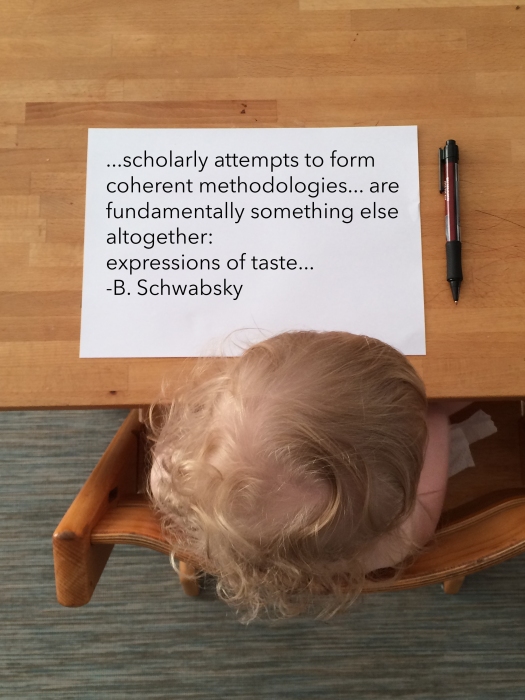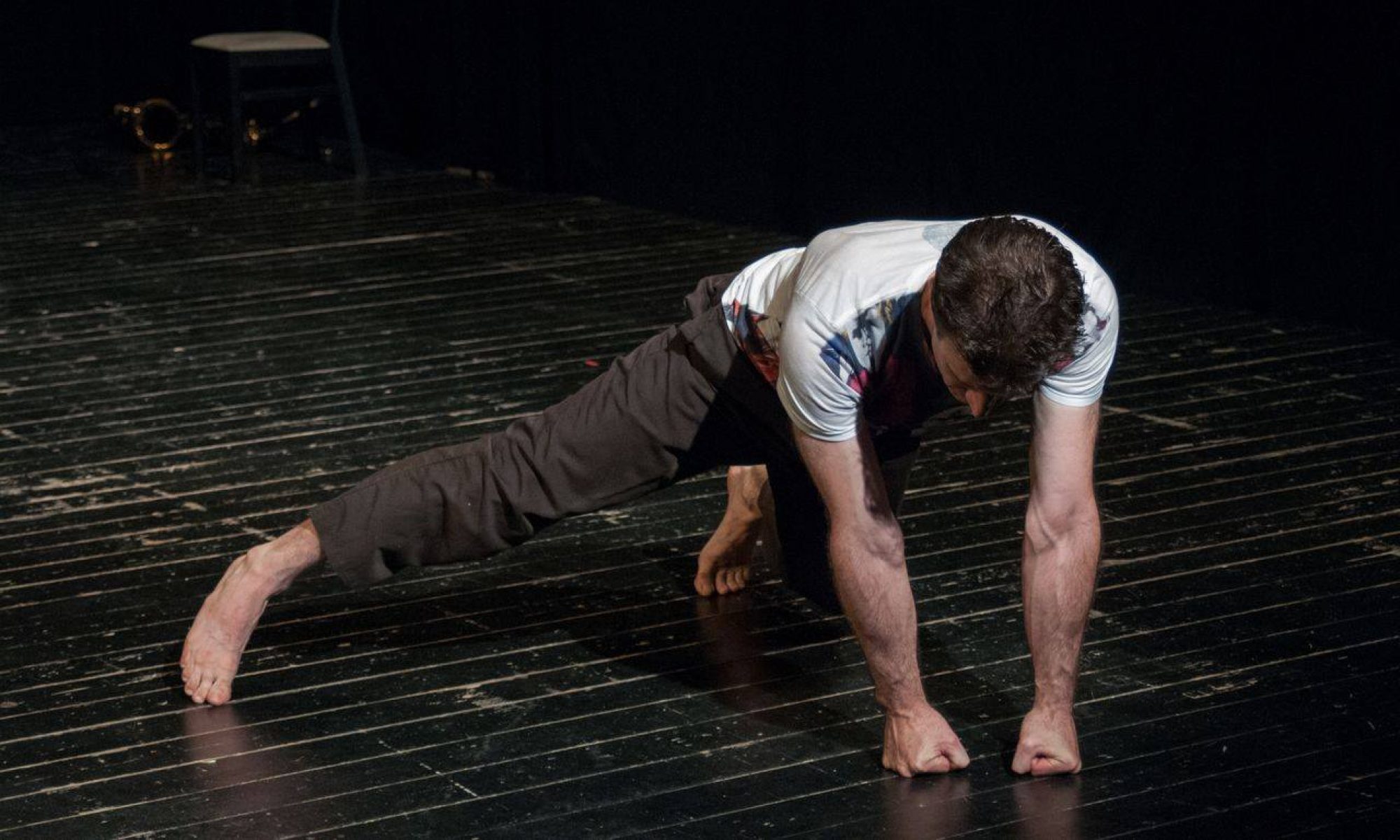
Latent Possibilities

Lingual Power

A Contradiction
Practice-led researchers are formulating a third species of research, one that stands in alignment with, but separate to, the established quantitative and qualitative research traditions. – p. 22
‘the research methods of the hard sciences are closer to those of research in the arts than the methods and models of the humanities’. – p. 40
The difference, perhaps, is that the mathematical problem also has an answer while an arts practice is not analytic in this way. – p. 63
(all from Practice as Research in the Arts by Robin Nelson 2013)
I would propose that the last quotation contradicts the previous two. In the third, Nelson writes that an arts practice is not analytical and cannot have an answer. Why can’t an arts practice be analytical in the same/similar way? PaR’ers are, after all, creating a third species of research, and the arts are closer to the hard sciences than the humanities.
This third species that Nelson writes about quoting Brad Haseman, if the arts are closer to the hard sciences, could then be an analytical artistic practice.
Don’t watch dance, read about it!
Likewise, my analysis of the choreographic compositions will entail an unusual amount of intricate detail in an attempt to unfold, as concretely as possible, the stuff of choreographic problems, which might prove beneficial to readers unfamiliar with the practice of dance.
Bojana Cvejic, pages 3-4, from
Choreographing Problems: Expressive Concepts in European Contemporary Dance and Performance
(and maybe readers who are unfamiliar with dance should go see live performances first, BEFORE they start reading about it.)
Epistemological Rigor
“Cvejić argues improvisation’s epistemological lack of rigor due to its reliance on the practitioner’s experience within the frame of the ineffable…” Bell, p.111
from Biba Bell’s review of Choreographing Problems: Expressive Concepts in European Contemporary Dance and Performance in DRJ 48/3 December 2016
Merriam Webster defines epistemological as “the study or a theory of the nature and grounds of knowledge especially with reference to its limits and validity”.
By studying improvisation through the lenses of Ensemble Thinking, the Six Viewpoints, Contact Improvisation, & Action Theater, the theory of the nature of improvisation becomes apparent. I would therefore propose that Ensemble Thinking, the Six Viewpoints, Contact Improvisation, & Action Theater could be seen as epistemological rigor. The rigor already exists. The frame of the ineffable does not preclude epistemological rigor. The theories of the aforementioned improvisation practices are embedded (embodied) in the scores of each improvisational methodology. The scores of these practices could be seen as the theories that transcend the ineffable. These theories live beyond the moment that performing disappearance à la Phelan.
“The consequence of the “monopoly” of practitioners’ knowledge in the field is a lack of proper theoretical study, of a comprehensive systematization…” – Cvejic, p. 130
The bias against practitioner’s tacit knowledge is evident in Cvejic’s position. A comprehensive systematization of improvisational epistemology already exists in theories such as Ensemble Thinking, Action Theater, Six Viewpoints, Contact Improvisation, et. al, already exists in the practices themselves. It is her inability to recognize the theories, as a relay between practices with any of the aforementioned methodologies (Deleuze), inherent, embedded, and embodied within each improvisation method.
As to the idea that there is a “monopoly”, well, yes, of course there is a “monopoly”, and rightly so. Physicists create the theories for physics, because they are the ones who study physics. Economists create the theories for economics because they are the people who study economics. Linguists create the theories for linguistics because they are the ones who study language. People who study improvisation (as it relates to dance) create the theories of improvisation. To know it you have to do it.
An Unfair Exchange
“I would suggest that this generates an unfair exchange in that scholars seem to think they can dip into the arts, but are very nervous when artists move into scholarship.”
– Shannon Rose Riley, page 121 in Practice as Research in the Arts by Nelson
The Practice of Discipline
“This new provision meant a lot to endangered arts departments, departing from the usually held opinion that they did not belong in the academy because they were applied disciplines…” Nelson, p. 119
Could the argument be made that the hard sciences are applied disciplines? And if so, why are they in the academy?
Culler’s Theory of Theory

Invisible conscious decision
“[Pollock’s] control became so adept that his critical decision-making process became all but instantaneous, and thus virtually invisible, inviting the erroneous observation that there was no critical or conscious decision-making process at work.”
– pg 203 from Larry Lavender Predock-Linnell & Jennifer Predock-Linnell (2001) From Improvisation to Choreography: The critical bridge, Research in Dance Education, 2:2, 195-209.
